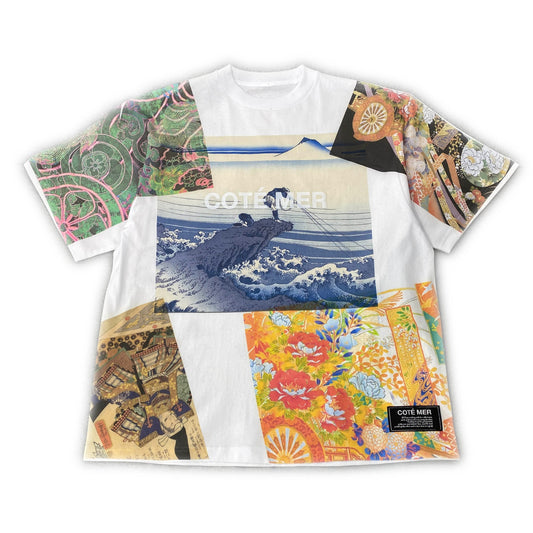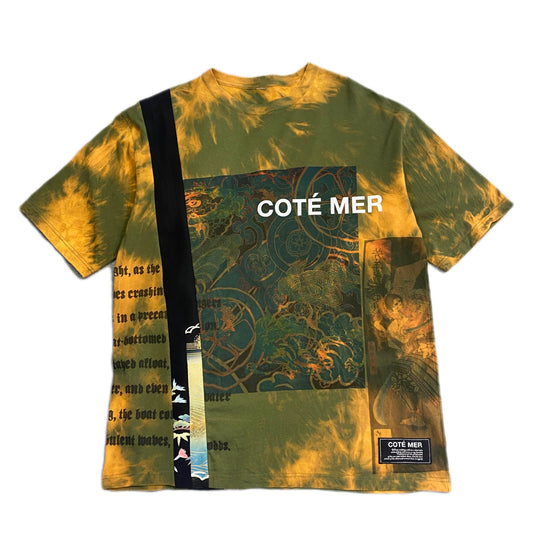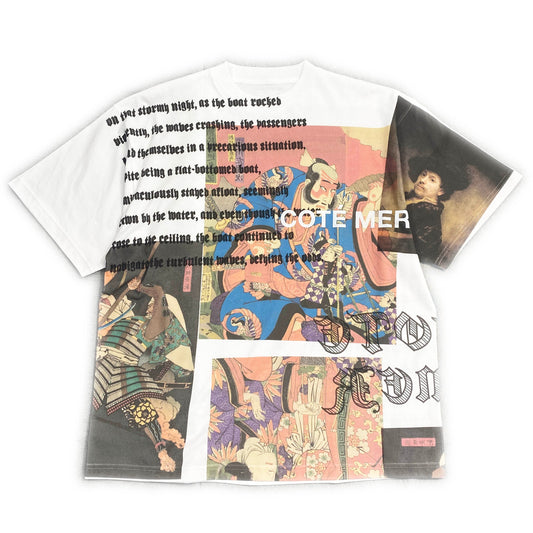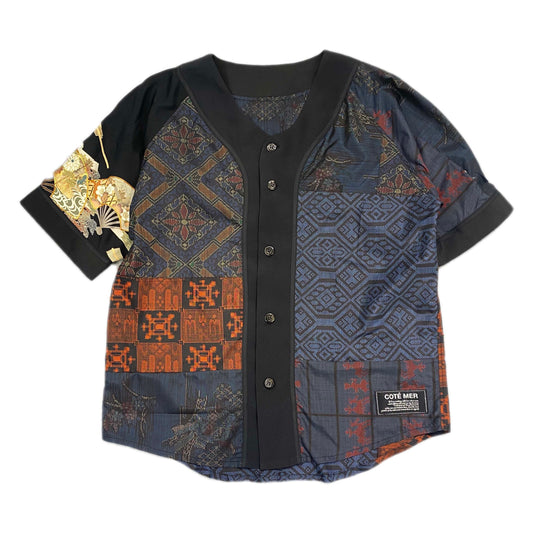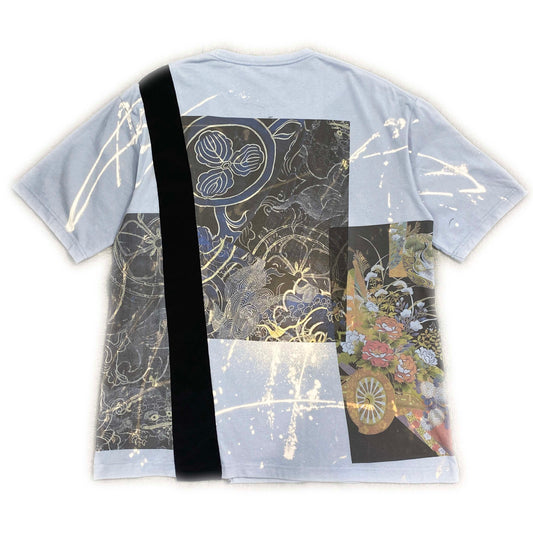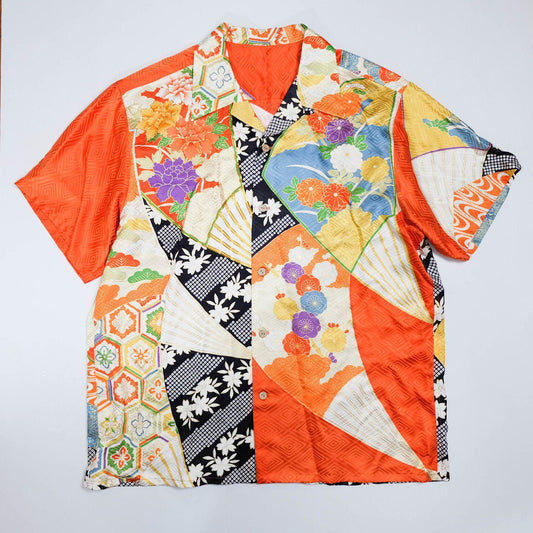Collection: Aloha and Wagara Kimono Remake Shirts
An Aloha shirt, often referred to simply as an "Aloha shirt," is a type of casual, colorful, and vibrant shirt originating from Hawaii. These shirts are known for their distinctive designs featuring tropical motifs, such as flowers, palm trees, and ocean scenes, which capture the spirit and essence of the Hawaiian Islands.
Key characteristics of Aloha shirts include:
-
Colorful Patterns: Aloha shirts are famous for their bold and colorful patterns. These patterns often incorporate a wide range of tropical elements, including hibiscus flowers, pineapples, surfboards, ukuleles, and more.
-
Short-Sleeved: Aloha shirts typically have short sleeves, making them well-suited for warm and tropical climates.
-
Lightweight Fabric: They are usually made from lightweight and breathable fabrics like cotton or rayon, making them comfortable to wear in hot weather.
-
Button-Up Style: Most Aloha shirts feature a button-up front with a collar, similar to a traditional dress shirt.
-
Relaxed Fit: Aloha shirts are designed to be comfortable and have a relaxed fit, often worn untucked.
-
Symbol of Hawaiian Culture: These shirts are considered a symbol of Hawaiian culture and have been popularized by both locals and tourists.
Aloha shirts are not only worn by Hawaiians but have also gained popularity worldwide as a casual and festive fashion choice, especially during the summer months or for tropical-themed events. They are often worn as casual attire but can also be dressed up for certain occasions.
It's important to note that authentic, high-quality Aloha shirts are typically made in Hawaii and can be quite collectible due to their craftsmanship and cultural significance. However, there are also mass-produced versions of Aloha shirts available, which may have lower quality and less attention to detail in their designs.
"Wagara" (和柄) is a Japanese term that refers to traditional Japanese patterns and designs. These patterns have been an integral part of Japanese culture and aesthetics for centuries and are often used in various aspects of Japanese art, design, clothing, and everyday items. Wagara patterns are characterized by their intricate and symbolic designs, which reflect elements of nature, history, and cultural symbolism. Here are some common wagara patterns:
-
Seigaiha (青海波): Seigaiha, which means "blue sea waves," is a pattern of overlapping concentric circles or waves. It represents the continuous flow of life and is often seen on kimono fabric, ceramics, and textiles.
-
Kikkou (亀甲): Kikkou, or "tortoiseshell," is a hexagonal pattern inspired by the shell of a tortoise. It symbolizes longevity and good luck. This pattern is used in various traditional items, including clothing, lacquerware, and accessories.
-
Asanoha (麻の葉): Asanoha, or "hemp leaf," is a geometric pattern resembling the leaves of a hemp plant. It signifies growth and good health. Asanoha is commonly found on baby clothing and other textiles.
-
Shippou (七宝): Shippou, or "seven treasures," is a pattern of interlocking circles representing precious jewels. It symbolizes wealth and happiness. This pattern is often seen in jewelry and textiles.
-
Yagasuri (矢絣): Yagasuri is a pattern of arrow feathers and is associated with warriors and bravery. It is used in traditional clothing, especially on samurai attire and martial arts uniforms.
-
Uroko (鱗): Uroko, or "scales," resembles fish scales and is associated with protection and good fortune. It is often used on samurai armor and symbolic items like ema (wooden prayer plaques).
-
Botan (牡丹): Botan, or "peony," is a popular floral motif symbolizing wealth, prosperity, and honor. Peony patterns are found in various art forms, including textiles and ceramics.
-
Sakura (桜): Sakura, or "cherry blossom," represents the transient and fragile nature of life. Cherry blossom patterns are commonly used in clothing, art, and home decor, especially during the cherry blossom season in Japan.
These wagara patterns are not only aesthetically pleasing but also carry deep cultural and symbolic meanings. They have been passed down through generations and continue to be used in modern Japanese design, both in traditional and contemporary contexts. The use of wagara patterns helps connect contemporary Japan to its rich cultural heritage.
